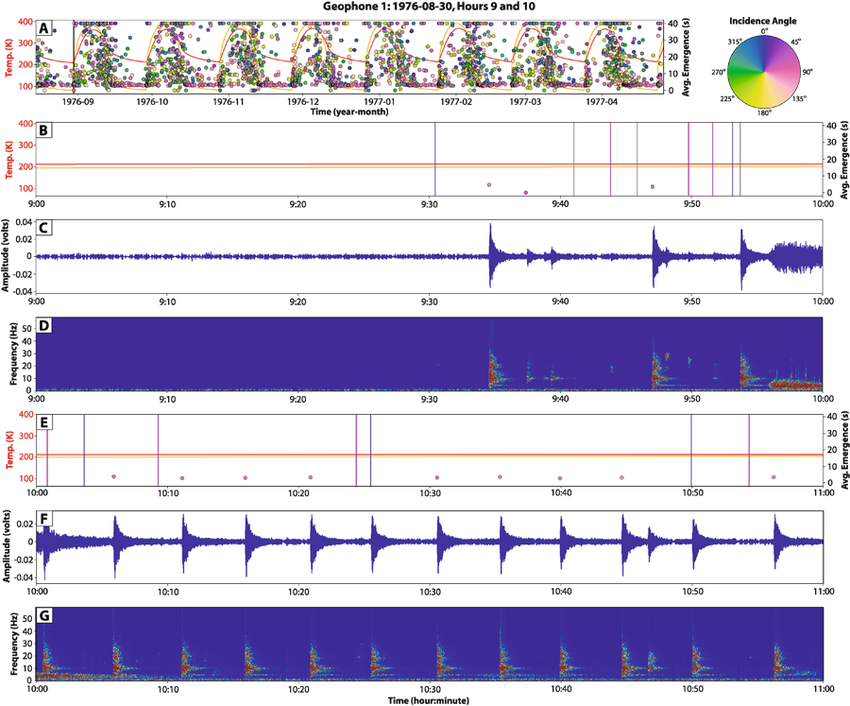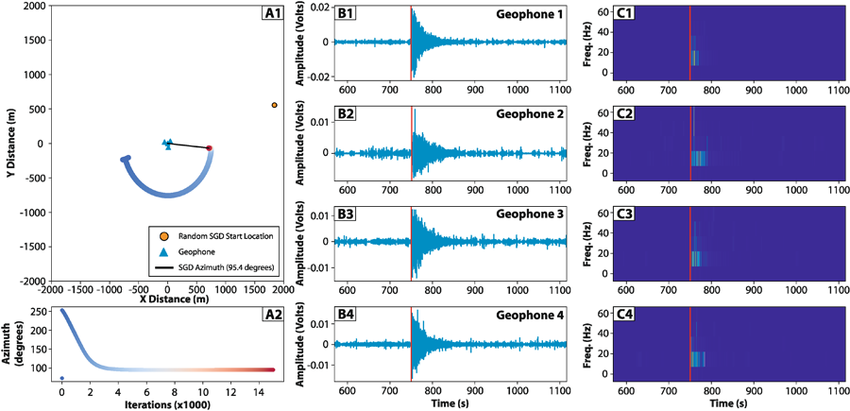Scientists Call Out Apollo 17 After Investigating Moonquakes Past [Hackaday]

In the vast realm of space exploration, new discoveries often emerge from old data. Thanks to advanced algorithms and keen observers, the seismic activities of our closest celestial neighbor, the Moon, have recently been thrust back into the limelight.
Thanks to the effort of the NASA crew involved in the Apollo 17 mission, it’s possible investigate these phenomena today with datasets from the past. Recently, researchers working with this data turned up some intriguing findings, and published them in a new paper. It reveals that one unexpected source of moonquakes could be the very equipment that Earth’s astronauts left behind.
The Lunar Seismic Profiling Experiment
The Apollo 17 mission in 1972 was more than just the final time man would walk on the moon. It also involved the deployment of a lesser-known experiment, known as the Lunar Seismic Profiling Experiment (LSPE). It built upon the earlier Active Seismic Experiment deployed by Apollo 14 and Apollo 16, and aimed to explore the subsurface lunar structure. To achieve this, the astronauts deployed four geophones – sensitive seismic devices – that captured vibrations from deliberate explosive detonations to map out the near-surface structure of the Moon.

Post-mission, the equipment was left behind to operate in passive recording mode, picking up seismic signals autonomously. Thousands of moonquakes were documented over an 8-month span from October 1976 to May 1977. Researchers were able to categorize these due to different causes. Unlike on Earth, these aren’t caused by the shifting of large tectonic plates. So-called “deep” moonquakes are thought to be caused by tidal forces generated by the Earth, while mysterious “shallow” moonquakes are a bit more of a mystery. Others are believed to be caused by meteorite impacts. There are also so-called “thermal” moonquakes caused by the heating and cooling of the Moon’s crust as the sun warms its surface and moves away again. With parts of the surface swinging from -133 C to 121 C through the transition from lunar day to lunar night, it’s a major source of seismic activity. New research into the data has since revealed a further category of moonquake, however, with an altogether more human origin.
Shake It Like a Lunar Lander

Caltech researchers, using machine learning techniques, dove deep into the Apollo 17 seismic data and unraveled an astounding revelation. Regular moonquakes occurred predictably every lunar afternoon as the surface cooled. Yet, every lunar morning, a set of unusual repeating signals popped up.
The impulsive signals differed from the more typical emergent events that were well-established as thermal quakes caused by sunlight on the moon’s surface. Triangulating the high-amplitude seismic signals revealed them to be coming from the vicinity of the Apollo 17 lander itself.
Indeed, these vibrations appeared to be the were the echoes of the Apollo 17 lander’s interactions with the rising sun. “Every lunar morning when the sun hits the lander, it starts popping off. Every five to six minutes another one, over a period of five to seven Earth hours. They were incredibly regular and repeating,” noted Allen Husker, a co-author of the research paper. As the lander responded to the morning warmth, it naturally expanded with the heat, with its creaking vibrations becoming distinct seismic signals. The geophones, being in close proximity, picked them up.

There is hope that further seismic research could reveal more of the Moon’s secrets, too. Husker notes that it could be possible to search for subsurface craters or other deposits beneath the Moon’s surface. A geophone array installed on parts of the Moon that never see sunlight could be of particular value, allowing scientists to hunt for water ice trapped on the Moon, since seismic waves travel more slowly through that material.
The discovery, while fascinating, offers more than just a curious factoid about space exploration. It’s a poignant reminder of the lasting impact of our space endeavors, even those decades old. This research underscores the necessity of understanding both natural and artificial influences on lunar seismic activity. More than that, it shows how our own exploration of space can have an impact on other worlds. To say nothing of the contamination that can be spread by human probes and the quarantine protocols we should be adhering to.
Fundamentally, the Apollo 17 findings remind us that sometimes, to find the most unexpected answers, we must first look at our own footprint.

![scientists-call-out-apollo-17-after-investigating-moonquakes-past-[hackaday]](https://i0.wp.com/upmytech.com/wp-content/uploads/2023/09/143046-scientists-call-out-apollo-17-after-investigating-moonquakes-past-hackaday.jpg?resize=800%2C445&ssl=1)